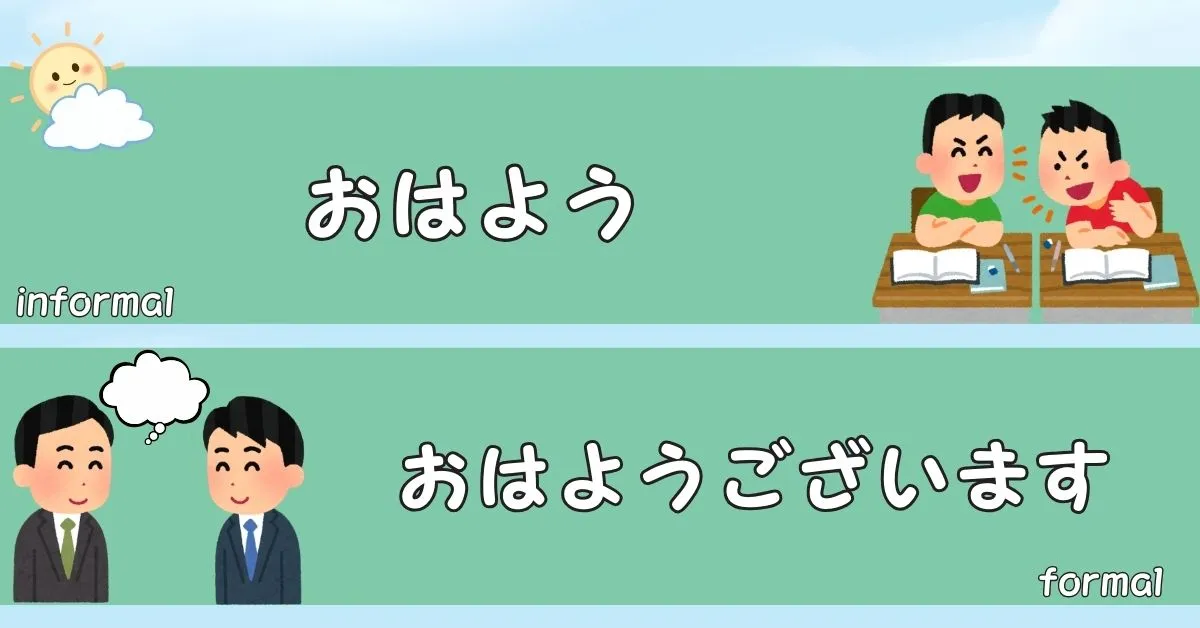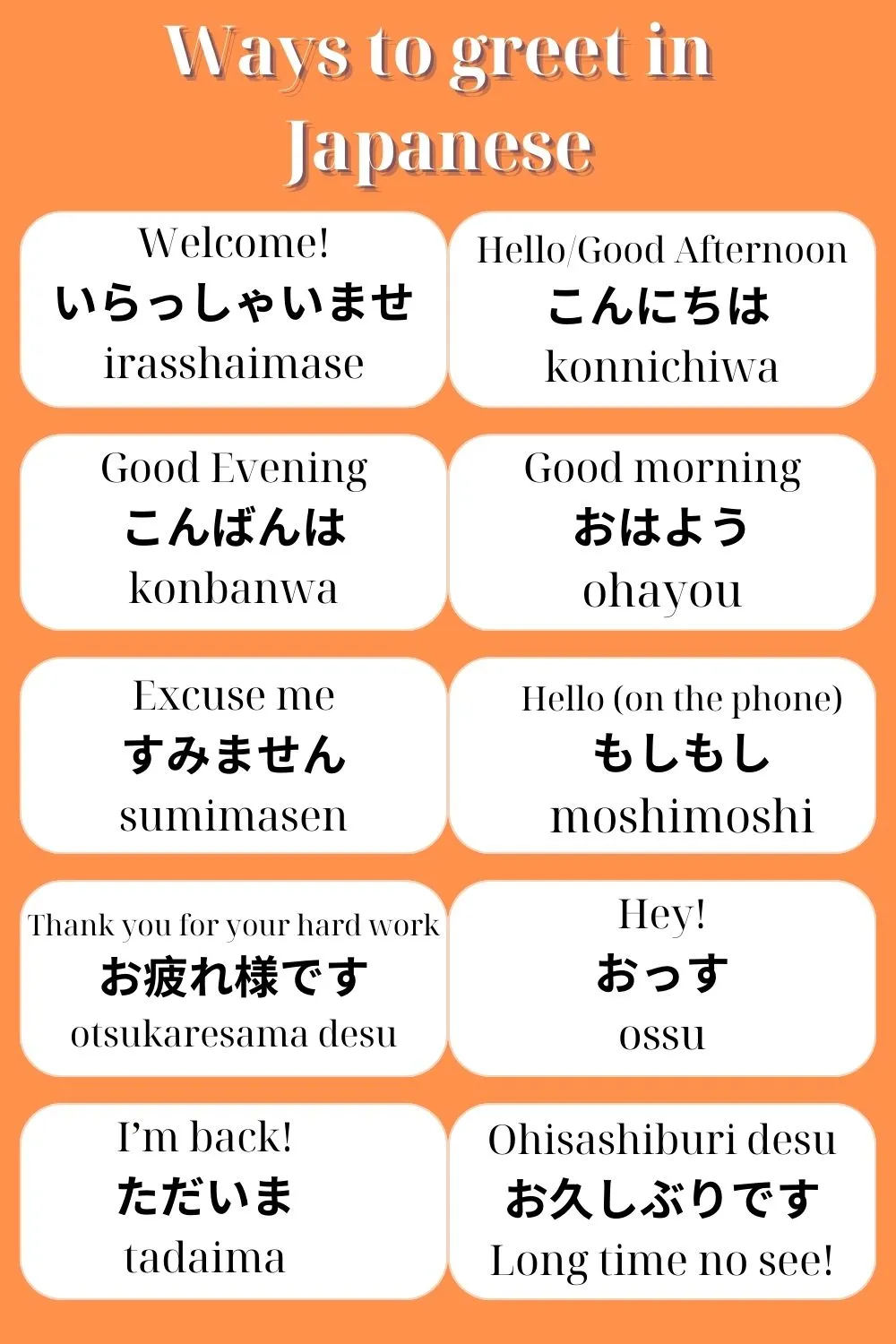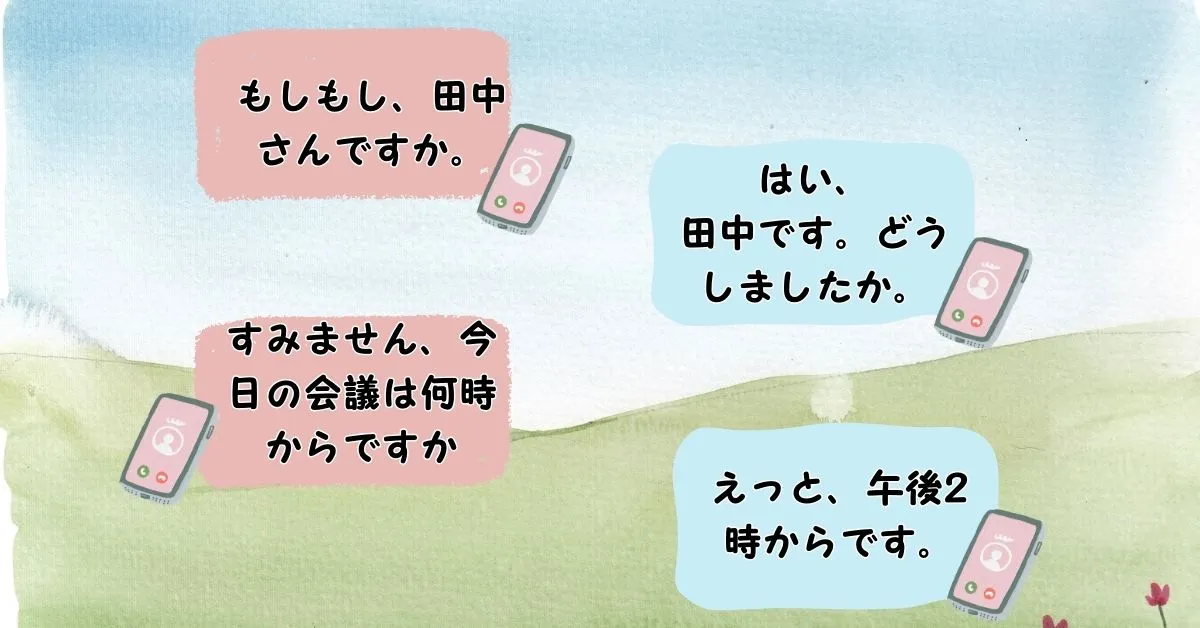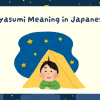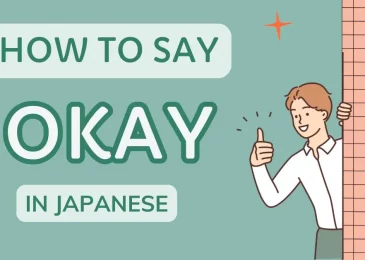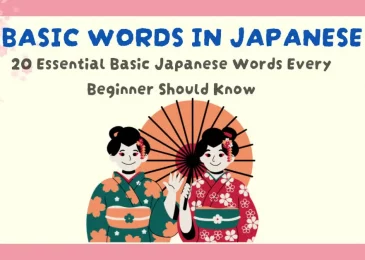Basic Japanese Morning Greeting
The most common way to greet someone with “Good morning” in Japanese is おはようございます (ohayou gozaimasu). This polite greeting is widely used in both formal and informal settings, but the level of formality depends on the situation and your relationship with the person you’re speaking to. This morning greeting in Japanese expresses respect and warmth, making it ideal in many social contexts.
For a more casual version, simply say おはよう (ohayou). This is ideal for close friends, family, or people you are comfortable with. However, it’s best to avoid using it in formal contexts or with individuals you don’t know well.
Other Ways to Say Greetings in Japanese
While おはよう (ohayou) and おはようございます (ohayou gozaimasu) are the standard morning greetings in Japanese, there are various other greetings you’ll encounter in different contexts throughout the day. Let’s explore some of the most common Japanese greetings and their uses!
1. いらっしゃいませ (Irasshaimase) – “Welcome!”
This Japanese greeting is commonly used in stores, restaurants, and businesses. It’s a polite expression used by employees to greet customers as they enter the premises. It’s a way to make customers feel welcomed and appreciated.
2. こんにちは (Konnichiwa) – “Hello” or “Good Afternoon”
This is one of the most common greetings in Japan, used primarily during the daytime. The term “こんにちは” is a general greeting used from late morning to early evening, usually between 10 AM to 5 PM. It is appropriate for both formal and informal situations, making it a versatile greeting for any situation during the day.
3. こんばんは (Konbanwa) – “Good Evening”
This greeting is used in the evening, typically after the sun sets, to say “Good evening.” It’s appropriate for both formal and casual settings, making it a common phrase in social gatherings, dinners, or any evening event. If you’re greeting someone later in the day, こんばんは is the polite phrases to use.
4. すみません (Sumimasen) – “Excuse me” or “I’m sorry”
While it literally means “Excuse me,” it’s often used as a polite way to get someone’s attention, whether you’re trying to ask for help, apologize, or even express gratitude in some cases. It’s one of the most important phrases to know when navigating social interactions in Japan.
5. もしもし (Moshi moshi) – “Hello” (on the phone)
“もしもし” is the standard greeting used when answering the phone in Japan. It’s the Japanese equivalent of saying “Hello” when picking up a call, but it’s not used for in-person greetings. It’s important to note that this term is almost exclusively reserved for phone conversations.
6. お疲れ様です (Otsukaresama desu) – “Thank you for your hard work”
This phrase is often used to acknowledge someone’s efforts after a task or at the end of the workday. It is commonly said to coworkers, employees, or friends after completing a project, event, or even a workout.
7. おっす (Ossu) – “Hey!”
This is a very informal greeting used primarily by young men in casual settings. It’s often used among friends, classmates, or colleagues who share a close relationship.
8. ただいま (Tadaima) – “I’m back!”
This is a phrase used when returning home. It’s equivalent to saying “I’m back!” or “I’ve arrived home.” After saying ただいま, the typical response is “おかえりなさい (Okaerinasai),” which means “Welcome back.” It’s a common phrase used in Japanese households and signifies a return from a day out or a trip.
9. お久しぶりです (Ohisashiburi desu) – “Long time no see!”
This phrase is used when greeting someone you haven’t seen in a long time. It conveys the feeling of reconnecting with someone after a period of absence, similar to saying “Long time no see” or “It’s been a while!” in English. It is both formal and polite, making it suitable for use with acquaintances, colleagues, or even people you’ve not seen in years.
Tips to Master Japanese Greetings in Conversation
Pay Attention to Formality
Japanese greetings change depending on the level of politeness required. Understanding formality is key to using greetings appropriately. You’ll need to adjust your speech depending on the person’s status or your relationship with them.
Practice with Native Speakers
To master Japanese greetings, the best way is through conversation with native speakers. This gives you the opportunity to hear how greetings are used naturally in different situations.
Learn Greetings Contextually
Understanding the context in which different greetings are used will help you sound more natural in conversation. Each greeting is tied to a specific time, place, or situation.
Use language app
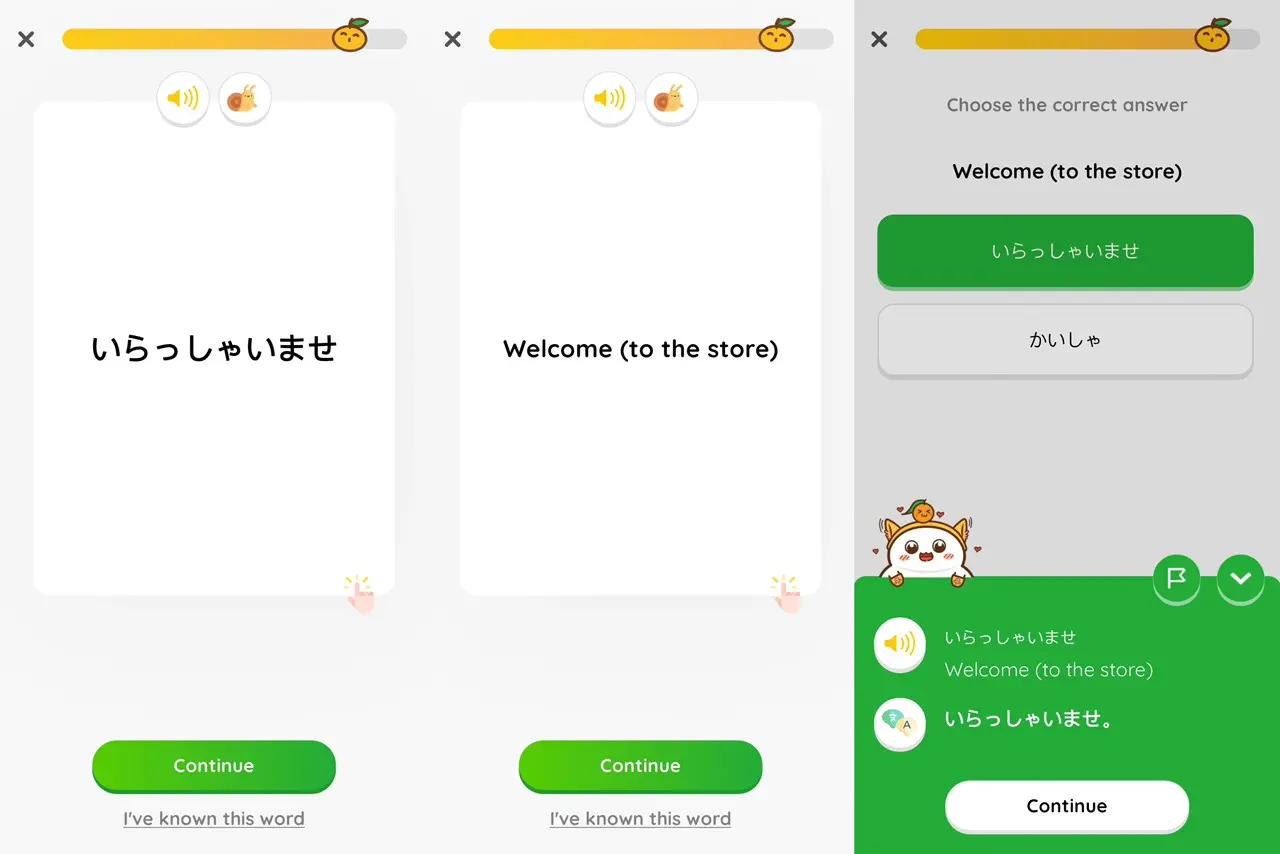
Explore the MochiKanji-Learn Japanese app! The app utilizes an effective method called the Spaced Repetition System (SRS), designed to enhance your vocabulary retention. This method ensures that you review words just before you’re likely to forget them, making it easier to commit them to memory for the long term.
Practice Example Sentences for Greetings
- Conversation: Meeting a Friend in the Morning
A: おはよう、元気? (Ohayou, genki) – Good morning, how are you?
B: おはよう!元気だよ、ありがとう! (Ohayou! Genki da yo, arigatou!) – Good morning! I’m good, thanks!
- Conversation: At the Workplace
A: おはようございます、今日はよろしくお願いします。 (Ohayou gozaimasu, kyou wa yoroshiku onegaishimasu.) – Good morning, I look forward to working with you today.
B: おはようございます、こちらこそよろしくお願いします。 (Ohayou gozaimasu, kochira koso yoroshiku onegaishimasu.) – Good morning, I look forward to it as well.
- Conversation: When calling
A: もしもし、田中さんですか。(Moshimoshi, Tanaka-san desu ka.) – Hello, is this Mr./Ms. Tanaka?
B: はい、田中です。どうしましたか。(Hai, Tanaka desu. Dou shimashita ka?) – Yes, this is Tanaka. What’s up?
A: すみません、今日の会議は何時からですか。(Moshimoshi, sumimasen, kyou no kaigi wa nanji kara desu ka?)
Hello, sorry. What time is the meeting today?
B: えっと、午後2時からです。(Etto, gogo ni-ji kara desu.) – Um, it’s from 2 p.m.
Conclusion
Now that you know how to say “Good morning” in Japanese and understand the nuances of different levels of formality, you’re ready to greet people with confidence! Whether it’s the casual おはよう (ohayou) or the more formal おはようございます (ohayou gozaimasu), using the appropriate greeting helps you connect better in conversations. To reinforce what you’ve learned, why not practice regularly with the MochiKanji app? With its engaging lessons and effective techniques, you’ll soon be able to incorporate these greetings into your daily interactions, improving both your fluency and understanding of the Japanese language.

